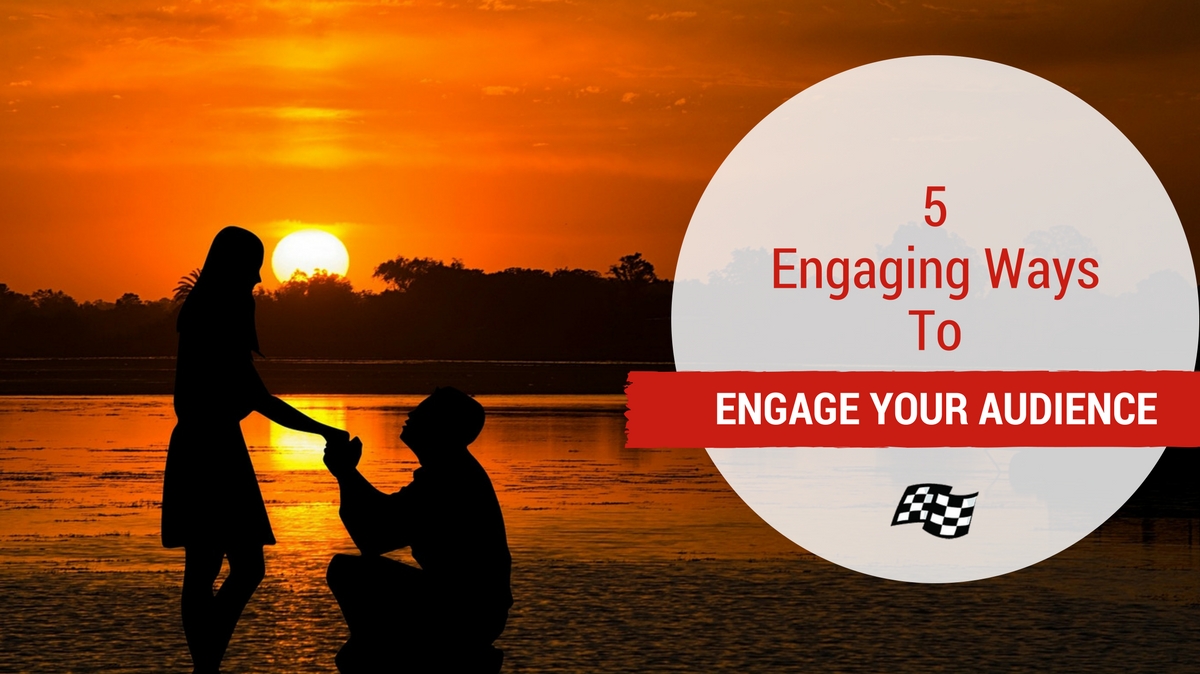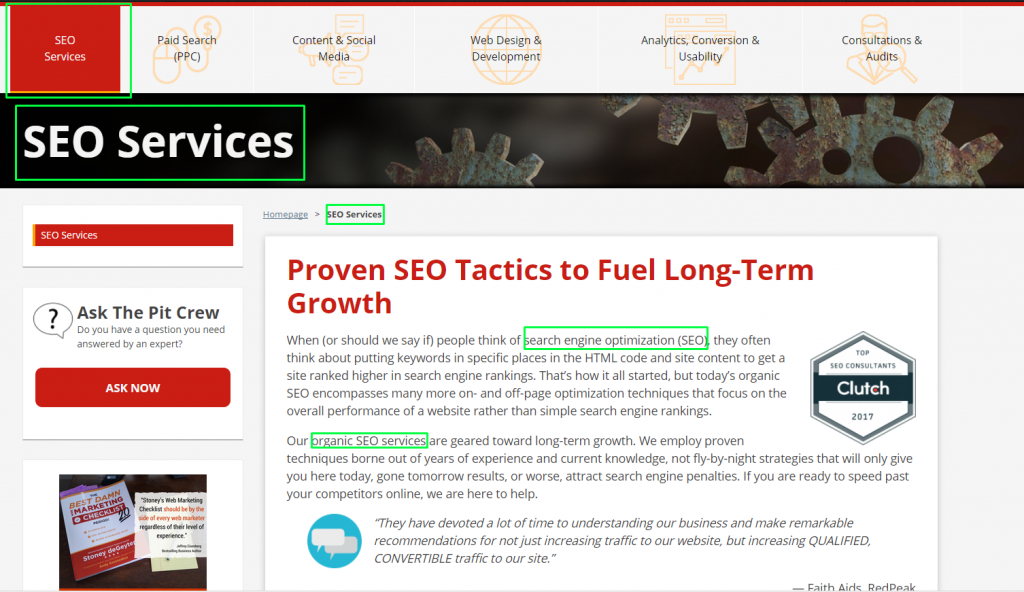
 This is part of the Total Usability Series that was originally published in 2007. A decade later, usability is more important than ever, so we are revisiting this series and updating all of the articles. This post was updated 11/14/2017.
This is part of the Total Usability Series that was originally published in 2007. A decade later, usability is more important than ever, so we are revisiting this series and updating all of the articles. This post was updated 11/14/2017.
How engaged a customer is with your website will determine whether they can be persuaded to buy, comment, download, or submit their information for you to follow up on. Customer engagement goes beyond just getting the customer’s attention. You must keep their attention. This can be done by providing your visitors near-immediate gratification.
To do that, you have to first know who your audience is, know what they seek, and then also know their purpose for being on your site. Knowing all this then lets you work toward meeting the needs of your target audience. But it also means taking things a step further and building a relationship with them. Your ability to build a relationship with your visitors can be crucial to driving them through the persuasion process. Relationship building starts the moment the visitor hits the website.
5 Ways to Engage Your Visitors
-
- Getting attention. Every page of your site is a landing page. From the moment visitors land on that first page, you need to grab their attention. This doesn’t require any gimmicks, but it does require the ability to organize your information in a compelling and visually-friendly way.
- Reassurance. Each page of your site must continue to assure your visitors that they are where they need to be to get the information they came looking for. Placement and words used in page headings, contextual links, bullet points, etc., can all be used to reassure your visitors that you have the information they need without much more than a quick glance.

- What’s in it for them? If your visitors can’t immediately figure out “What’s in it for me?” you will quickly lose their interest. Your visitors need to quickly find answer to their questions, product information, benefits, and, ultimately, the reason they should buy from you. If this information cannot be addressed on each page, provide obvious links to the pages that do.
- SEO vs. usability. On-page SEO should enhance, rather than distract from, the visitor’s engagement on the site. If your copy is poorly developed because you’re trying too hard to insert keywords into the text, then your visitors will be pulled away from, rather than engaged in, the message. Good SEO considers users, not just search engines.

Are usability issues hampering your search engine performance? Find out with a Conversion & Usability Audit.
- Textual links. Textual links should be used as frequently as necessary to provide a customer-engaged navigation path. Contextual links, as opposed to standard navigation elements, allow visitors to click through to find the information that most interests them without forcing them to think about where they want to go next. Provide the path and they will follow.
When you don’t engage your visitors by providing them the information they want in a way that speaks to their wants and needs, you’re mostly just speaking at users rather than to customers. You want your visitors to have a personal experience as they interact with your website. Make them feel as if you developed the site just for them.

Pingback: Matt Cutts - Three Steps To A Great Site With Great Traffic » (EMP) E-Marketing Performance